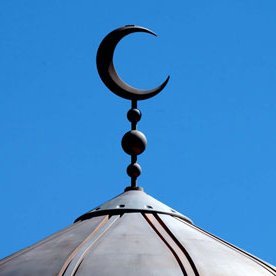
@IslamicSH_
Exploring the wonders of Islamic Scientific Heritage and its timeless contributions to humanity. Join me on a journey through history and innovation.

@IslamicSH_
Exploring the wonders of Islamic Scientific Heritage and its timeless contributions to humanity. Join me on a journey through history and innovation.